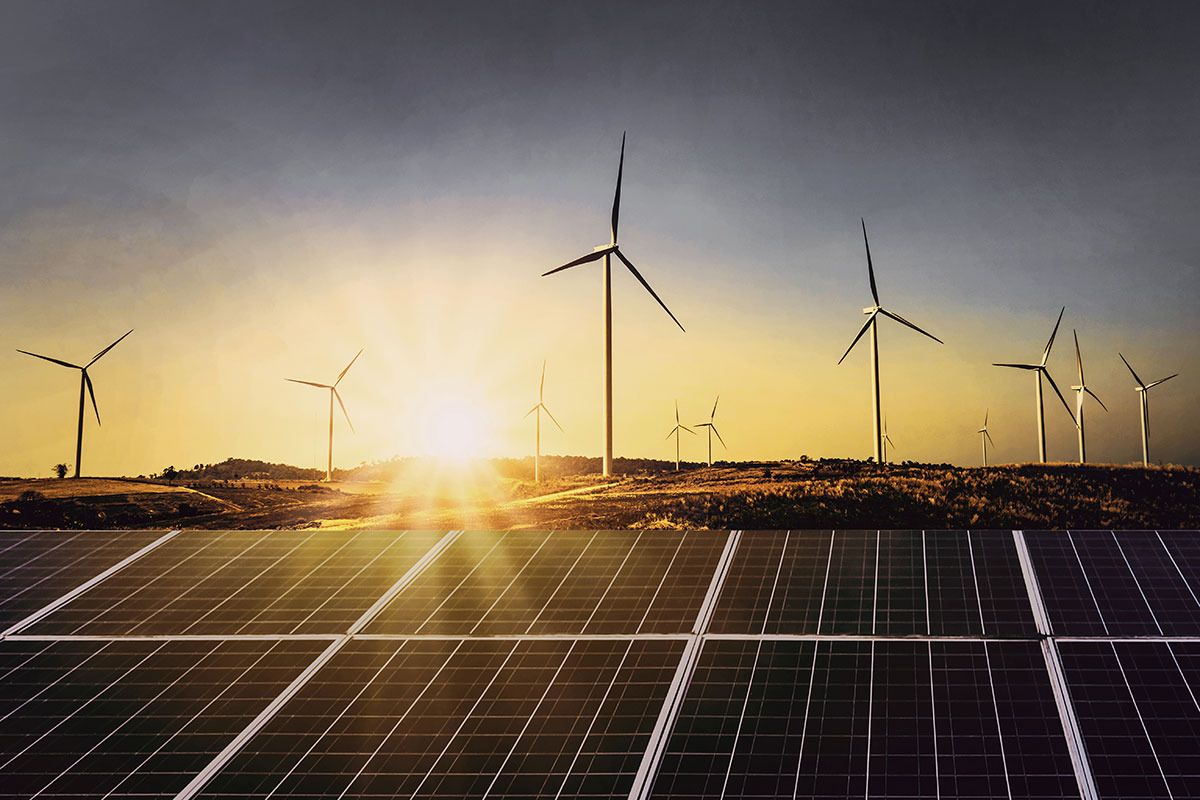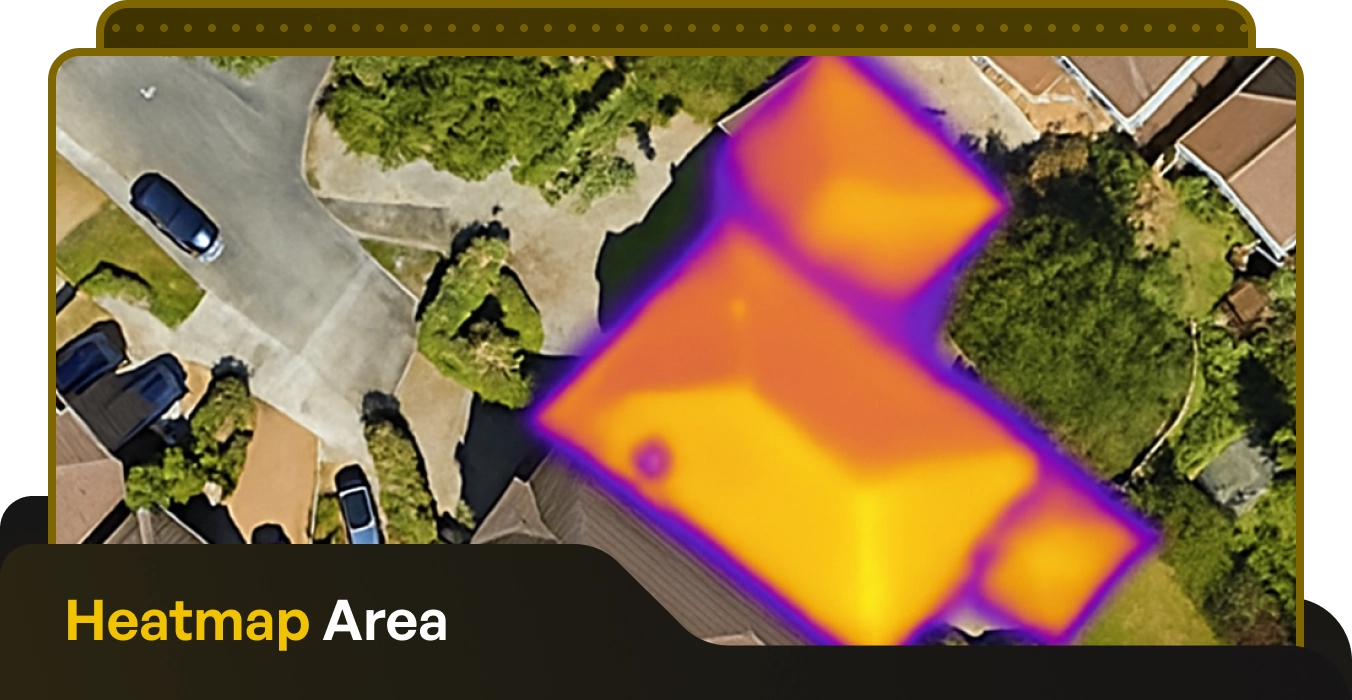Table of Contents
Solar Panel prices fell by 50% in 2023 ITRPV report states

Written by: Briain Kelly
Published: June 7, 2024
Last updated: October 19, 2025
Reading time: 2 mins
The average cost of solar panels dropped dramatically last year, with the price at the end of 2023 down 50% compared with the previous year according to the latest International Technology Roadmap for Photovoltaics (ITRPV).
The 15th edition of the ITRPV was published this week with contributions from 50 international expert institutions across all areas of solar panels manufacturers and suppliers, as well as research institutes and consultants.
The report found that there was a massive jump in the amount of solar panels installed worldwide, with global capacity rising to 1,610GWp of installed solar power last year, up from 1,198GWp in 2022.
The overall market price of solar panels had fallen to 0.118$ per Watt of power generated by the end of last year, down from 0.228$/Wp at the end of 2022 the report stated, highlighting the 50% decrease in prices again.
The IRTPV report also highlights technological shifts in the market for solar panels. Crystalline silicon now completely dominates the market, accounting for 97% of all solar panels. The other 3% is mainly thin-film technologies.
Monocrystalline panels have also become dominant among silicon solar panels, with no large scale production remaining of polycrystalline panels, as falling prices have rendered these cheaper options unnecessary.
The market was divided mainly between the older p-type PERC solar panels and newer n-type modules, with PERC holding a roughly 70% market share to n-type panels’ 30%. However, the IRTPV analysis expects this to swing the other way in 2024 and beyond.
Some prices differences remain between PERC solar panels and n-type modules, with prices of 0.117$/Wp for PERC modules versus 0.120$/Wp for N-Type modules
Looking to the future the first tandem solar panels are expected to enter into mass production by 2027, coming onto the market with efficiency levels of 27%.

Future Trends in Solar Panels
The IRTPV report states that p-type PERC cells are expected to lose poll position to n-type cells as tunnel oxide passivated contacts (TOPCon), silicon heterojunction (SHJ), and back contact cells (e.g., IBC) all expand their market position using n-type cells.
Large scale manufacturers in particular are expecting to see a 69 percent market share for n-type materials by year-end, with TOPCon solar panels coming out as the dominant choice.
This year Bifacial solar panels will account for 63% of solar panels on the market. However, bifacial solar cells will continue to have a roughly 90 percent market share in 2024, indicating that many monofacial solar panels are using bifacial cells.
The use of fully bifacial solar panels is expected to continue to grow slowly over the coming decade, with their market share expanding to around 70% of solar panels by 2034.
Looking further to the future the first tandem solar panels are expected to enter into mass production by 2027, coming onto the market with efficiency levels of 27%.
Driving Further Price Decreases
Changes in production and reducing material usage is a core focus of the ITRPV report in the drive to further decrease the price of solar PV modules.
Silver and Aluminium being used for metallisation pastes are the most expensive non-silicon materials used in solar PV modules, and the report predicts a decline in their quantities over time, with silver being usage falling from fine line printing and copper replacing it for metallisation.
For rooftop installations, modules with an area of 1.8 m² to 2 m² remain the most common, while modules with an area of 2.5 m² to 3 m² lead in power plant applications. However, the trend shows that larger modules, exceeding 2 m² for rooftops and 3 m² for power plants, will increasingly gain market share.
Most new factories planned for 2024 will have nameplate capacities of 5GW and larger to benefit from economies of scale. Nonetheless, smaller fabs, including those under 1GW, will still be deployed to serve niche applications and local markets.
Solar Panel prices fell by 50% in 2023 ITRPV report states
Published: June 7, 2024
Last updated: October 19, 2025

Written by: Briain Kelly
Reading time: 2mins
The average cost of solar panels dropped dramatically last year, with the price at the end of 2023 down 50% compared with the previous year according to the latest International Technology Roadmap for Photovoltaics (ITRPV).
The 15th edition of the ITRPV was published this week with contributions from 50 international expert institutions across all areas of solar panels manufacturers and suppliers, as well as research institutes and consultants.
The report found that there was a massive jump in the amount of solar panels installed worldwide, with global capacity rising to 1,610GWp of installed solar power last year, up from 1,198GWp in 2022.
The overall market price of solar panels had fallen to 0.118$ per Watt of power generated by the end of last year, down from 0.228$/Wp at the end of 2022 the report stated, highlighting the 50% decrease in prices again.
The IRTPV report also highlights technological shifts in the market for solar panels. Crystalline silicon now completely dominates the market, accounting for 97% of all solar panels. The other 3% is mainly thin-film technologies.
Monocrystalline panels have also become dominant among silicon solar panels, with no large scale production remaining of polycrystalline panels, as falling prices have rendered these cheaper options unnecessary.
The market was divided mainly between the older p-type PERC solar panels and newer n-type modules, with PERC holding a roughly 70% market share to n-type panels’ 30%. However, the IRTPV analysis expects this to swing the other way in 2024 and beyond.
Some prices differences remain between PERC solar panels and n-type modules, with prices of 0.117$/Wp for PERC modules versus 0.120$/Wp for N-Type modules
Looking to the future the first tandem solar panels are expected to enter into mass production by 2027, coming onto the market with efficiency levels of 27%.

Future Trends in Solar Panels
The IRTPV report states that p-type PERC cells are expected to lose poll position to n-type cells as tunnel oxide passivated contacts (TOPCon), silicon heterojunction (SHJ), and back contact cells (e.g., IBC) all expand their market position using n-type cells.
Large scale manufacturers in particular are expecting to see a 69 percent market share for n-type materials by year-end, with TOPCon solar panels coming out as the dominant choice.
This year Bifacial solar panels will account for 63% of solar panels on the market. However, bifacial solar cells will continue to have a roughly 90 percent market share in 2024, indicating that many monofacial solar panels are using bifacial cells.
The use of fully bifacial solar panels is expected to continue to grow slowly over the coming decade, with their market share expanding to around 70% of solar panels by 2034.
Looking further to the future the first tandem solar panels are expected to enter into mass production by 2027, coming onto the market with efficiency levels of 27%.
Driving Further Price Decreases
Changes in production and reducing material usage is a core focus of the ITRPV report in the drive to further decrease the price of solar PV modules.
Silver and Aluminium being used for metallisation pastes are the most expensive non-silicon materials used in solar PV modules, and the report predicts a decline in their quantities over time, with silver being usage falling from fine line printing and copper replacing it for metallisation.
For rooftop installations, modules with an area of 1.8 m² to 2 m² remain the most common, while modules with an area of 2.5 m² to 3 m² lead in power plant applications. However, the trend shows that larger modules, exceeding 2 m² for rooftops and 3 m² for power plants, will increasingly gain market share.
Most new factories planned for 2024 will have nameplate capacities of 5GW and larger to benefit from economies of scale. Nonetheless, smaller fabs, including those under 1GW, will still be deployed to serve niche applications and local markets.
Solar Energy Saves Households Thousands in Electricity Costs
Take our 2-minute questionnaire and find affordable solar options to suit your budget and lifestyle.



